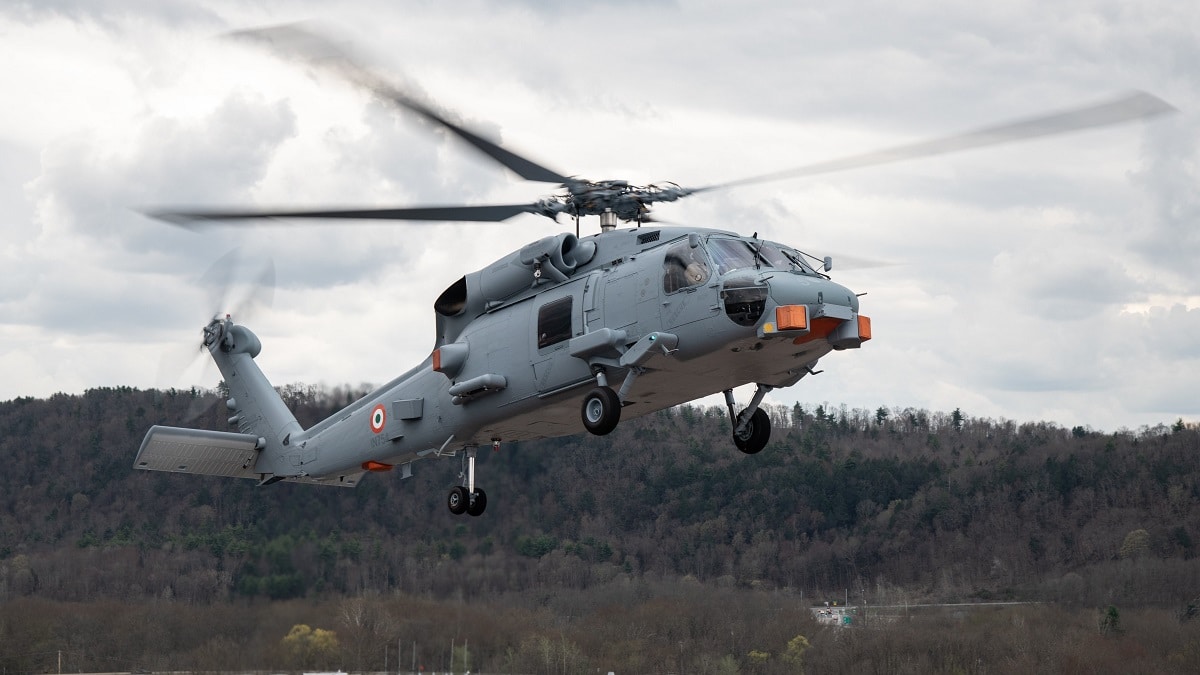I’m not advocating for 250 missiles to be the cap for all the reasons you memtiined. My point was the OP mentioned only 250 missiles in an order be delivered by 2027…. even if we could fit 250 NSMs on Australian ships and fired 10 at every target…are we really likely to be facing a fleet of 25 ships VS the entire Australian surface fleet ( which is what would be required to get 250 NSM missiles to sea In 2027. The stocks will build over time to be far greater than 250…. but 250 NSM is a country mile ahead of what the RAN can hit a surface fleet with Currently.NSM is not 'just' an AShM, but can also be used as a LACM. Moreover, even if a ship were to launch a full volley of eight missiles at another warship, particularly one with advanced radar, CMS and area air and point defence missiles. Consider for a moment how many Type 55 DDG's (or perhaps CG's) the PLAN has in service, or will be getting brought into service. These vessels are supposed to be China's equivalent to the USN's Aegis-kitted Ticonderoga-class CG. It is distinctly possible that Australia might need to engage in volumes of fire to achieve a single hit, and even then, these are comparatively small missiles with a 120 kg warhead (RGM-84 Harpoon warhead is ~221kg, and RBS-15 is ~200kg, whilst RGM-109E is ~450 kg) this could potentially achieve a mission-kill, but IMO it would be unlikely to actually sink a vessel unless it was either rather small, or poorly crewed.
There are also numbers to consider. Allegedly, the RAN MFU numbers should grow to about 20 majors by the mid-2040's, with the Hunter-class build and SEA 3000 GPF. Now it will be years before the RAN gets up to 20 major warships in service, and even then, it would be very unlikely to actually have all 20 available or deployed on ops at the same time what with maintenance, training and other service cycle needs. However, if say a dozen were actually on or fit for deployment, that would mean Australia might have up to 120 NSM's embarked on various vessels across the fleet. If the total warstock is 'only' 250 NSM, that means effectively a single full reload per deployed or deployable vessel in the event of conflict. That could potentially mean Australia might quickly exhaust the supplies of ordnance in the event of a modern, major conflict.
Or look at this from another perspective. The US has built examples of the Harpoon family of missiles for decades and sold them to other countries around the globe. A defence reporting article from almost a decade ago (20 April 2015, archival link here) stated that the US had produced approximately 7,500 Block II Harpoons, which means that the number should be higher and possibly by quite a bit once all the other Harpoon versions are factored in. Now yes, the US has a significantly larger defence industrial base than Australia, as well as a much larger economy and annual defence budget, but Australia's number is a thirtieth of the US number. However, these sorts of numbers does enable the US to be a resupply source for other nations in the event of a conflict. If Australia keeps maintaining a comparatively small warstock, then it could easily end up with Australia depending on the US for a munitions resupply.
Last edited:


